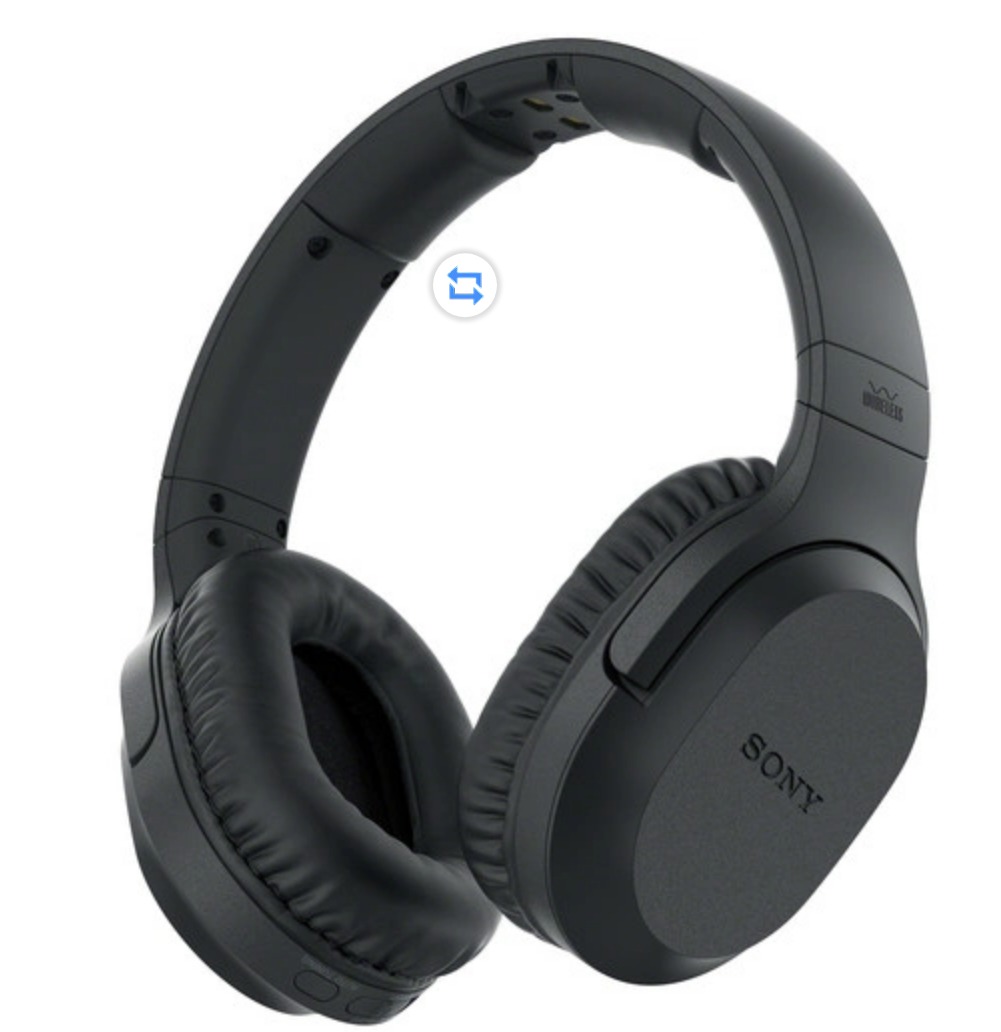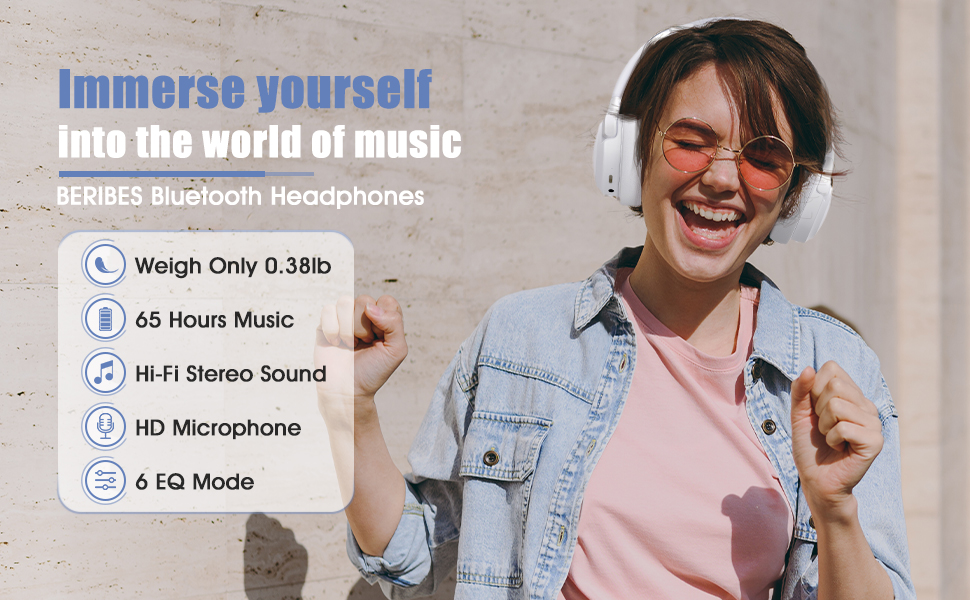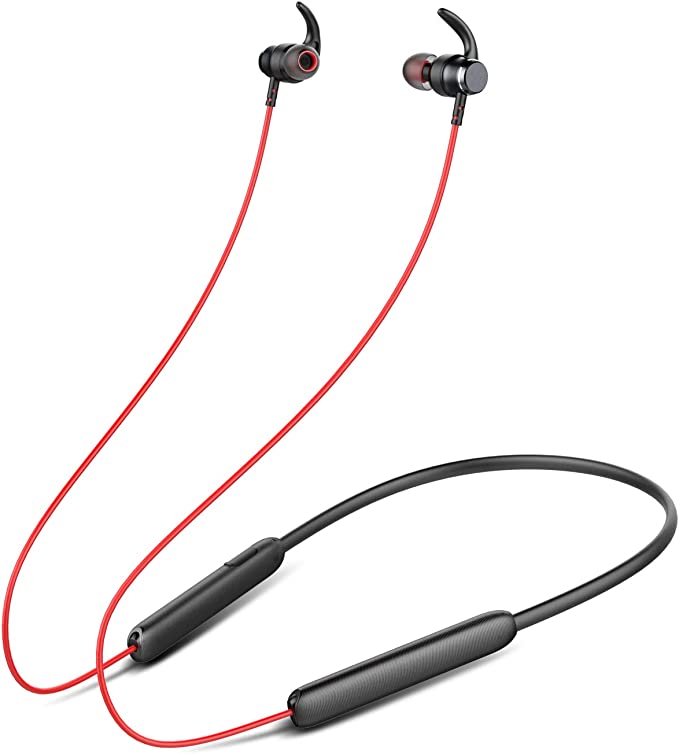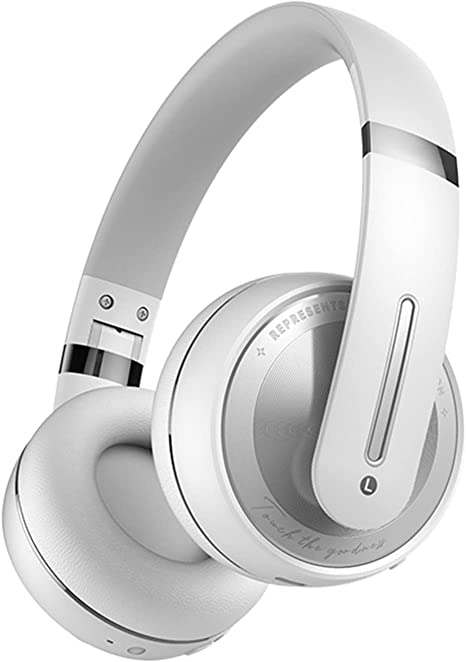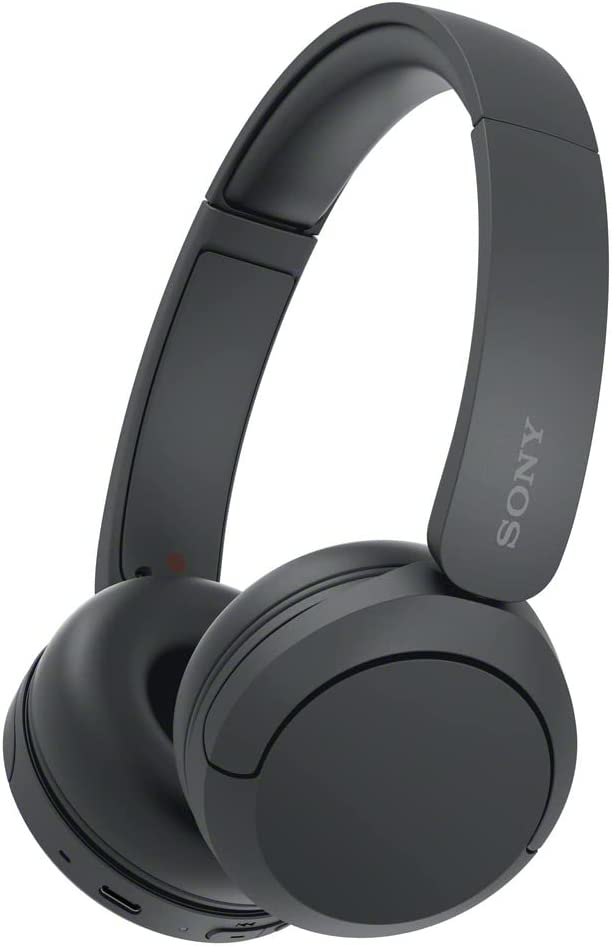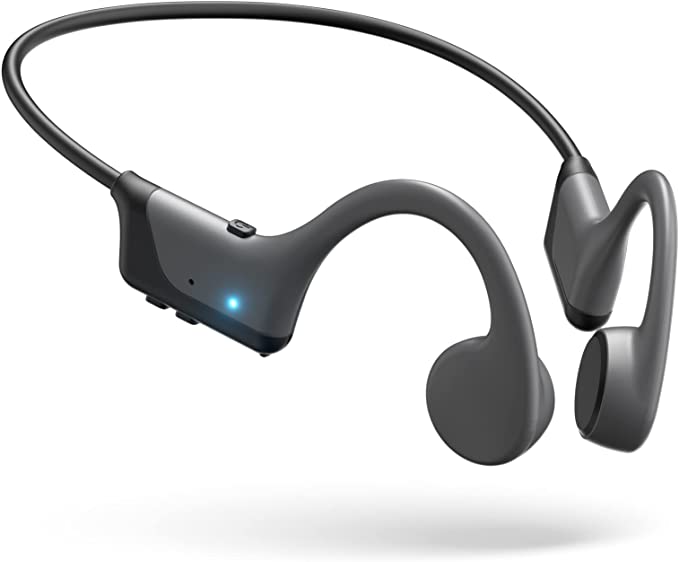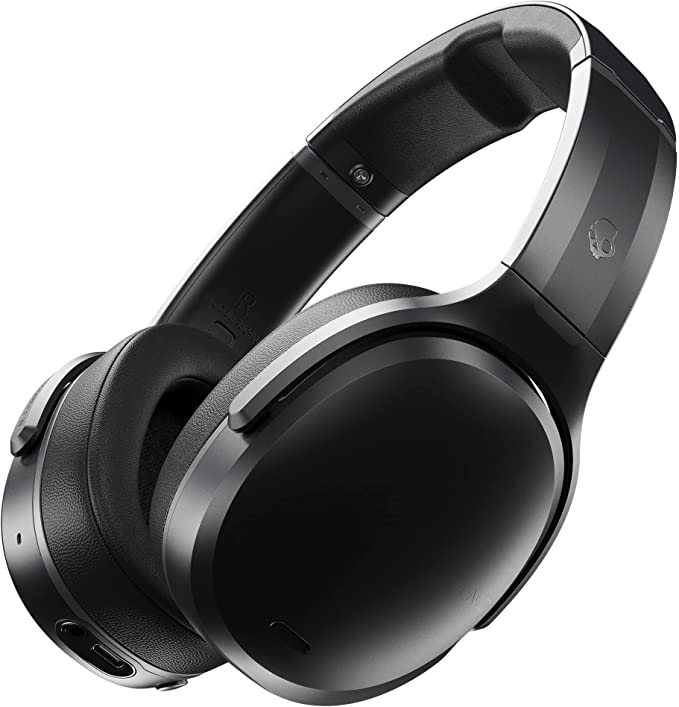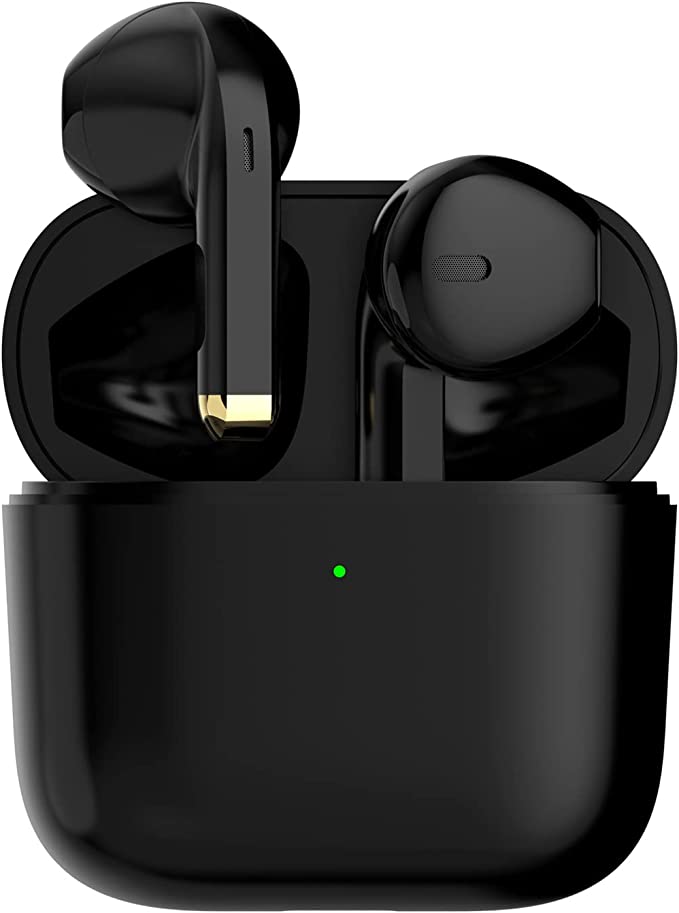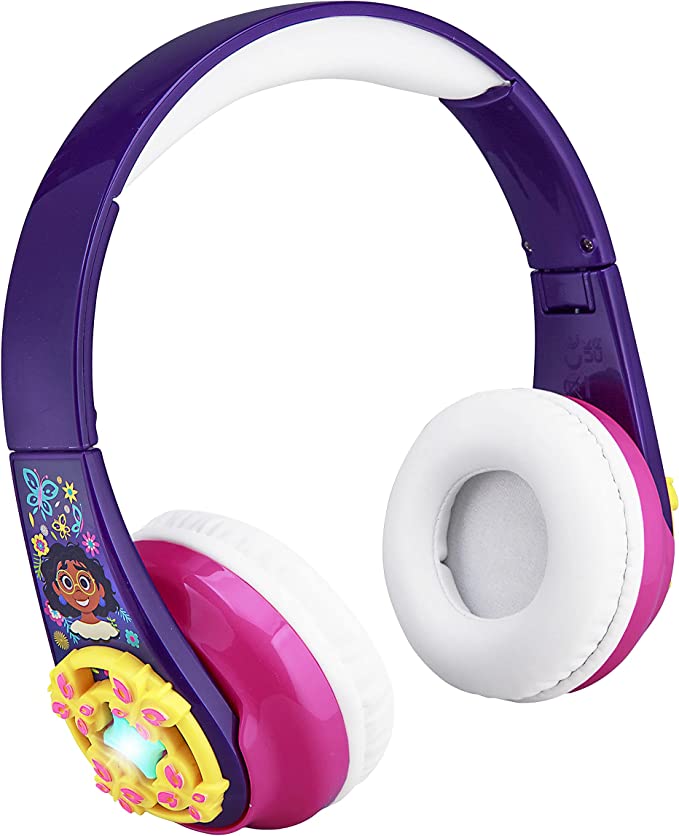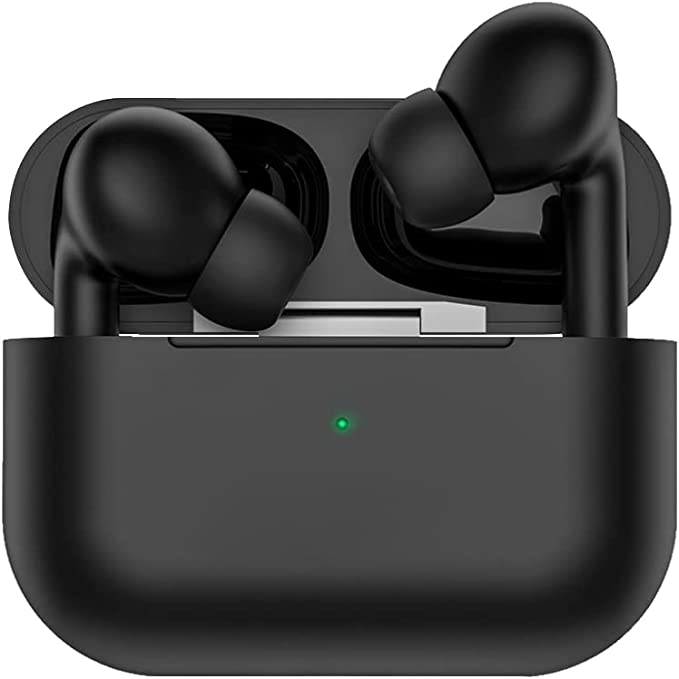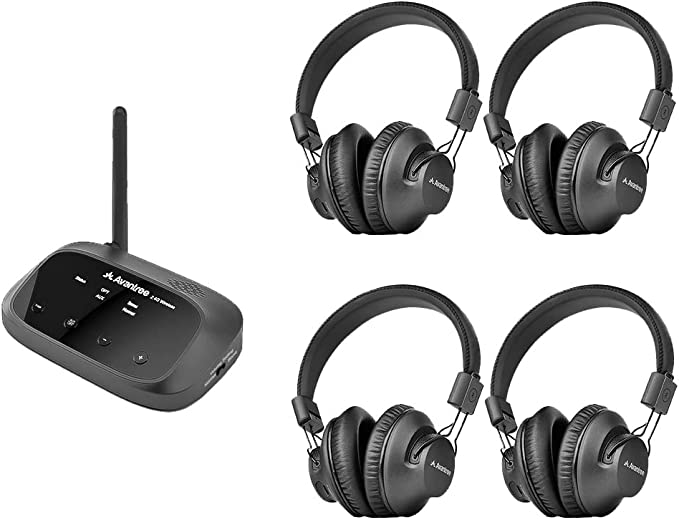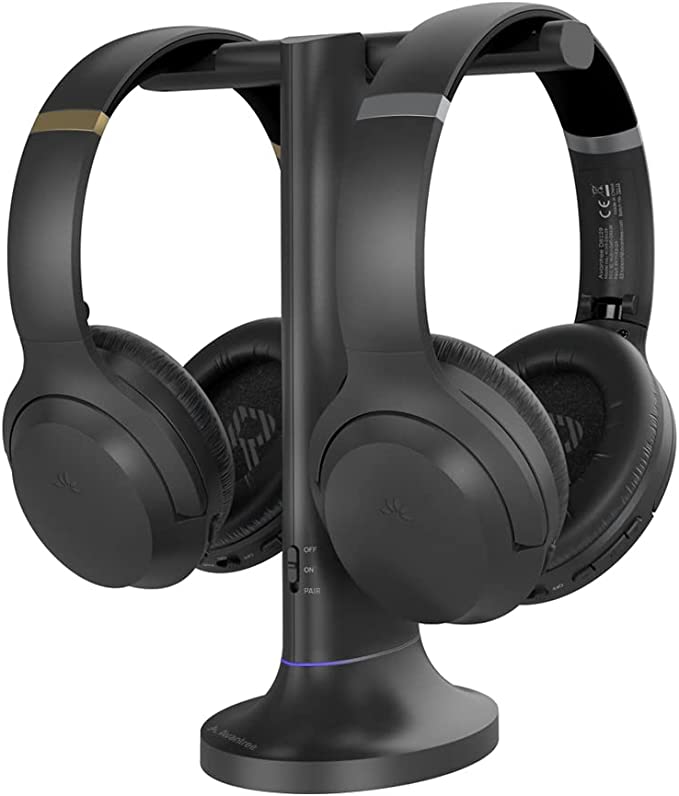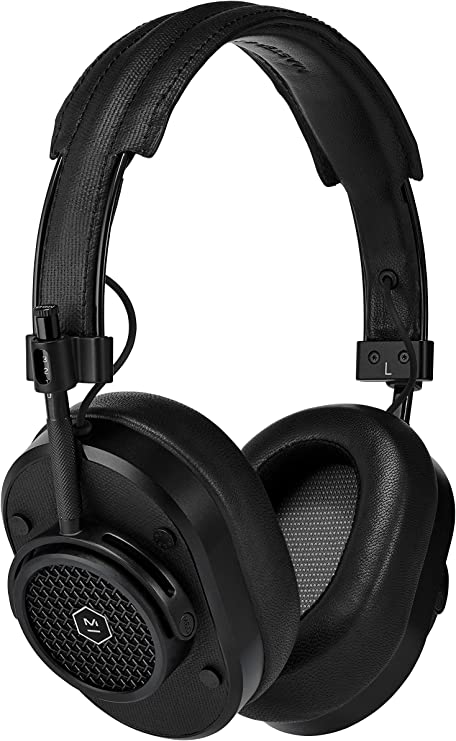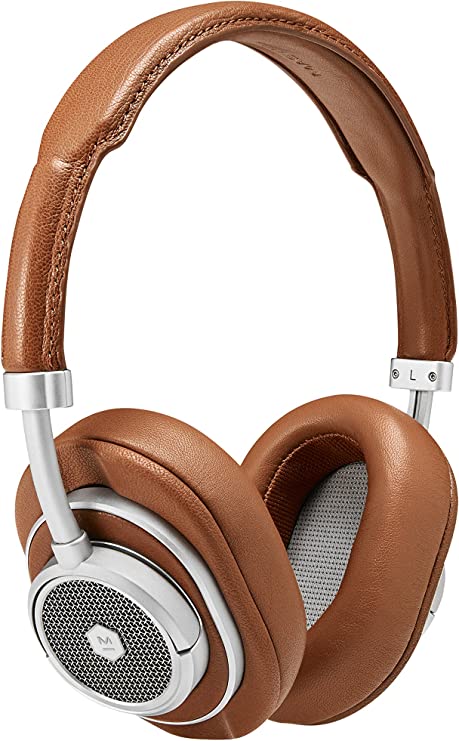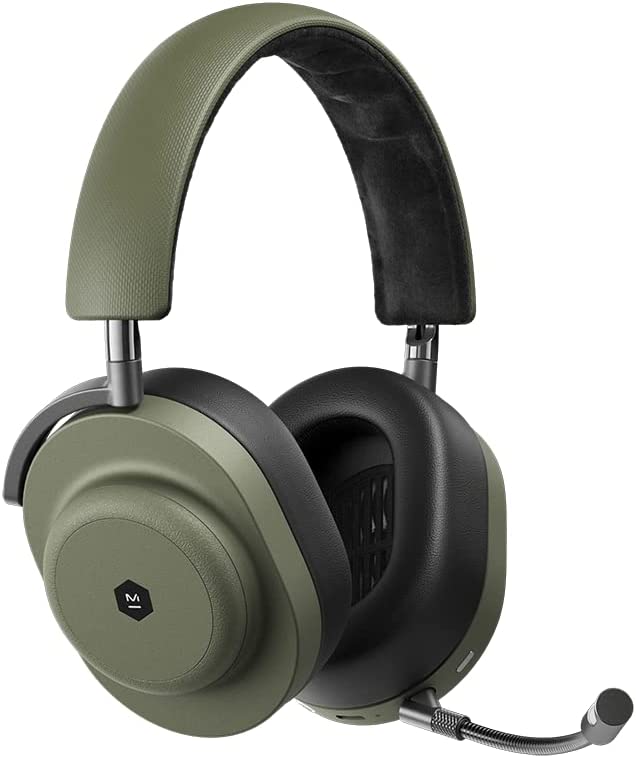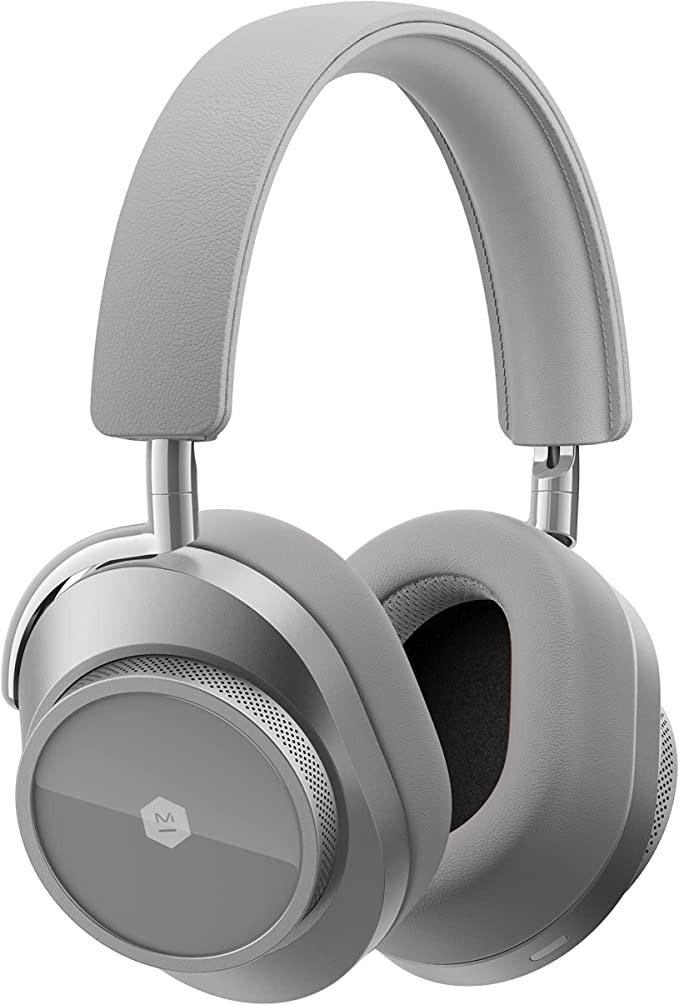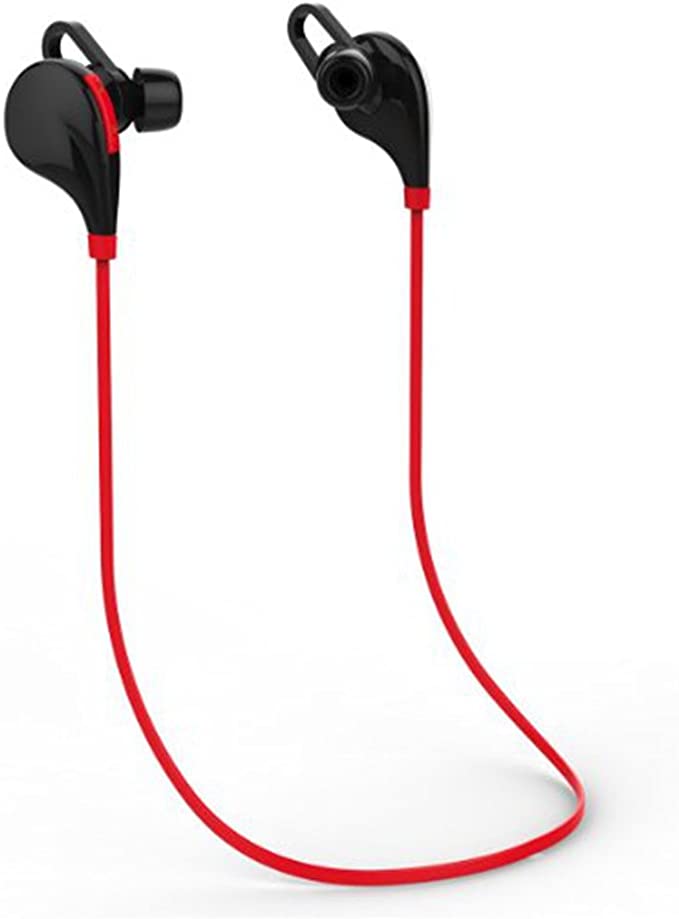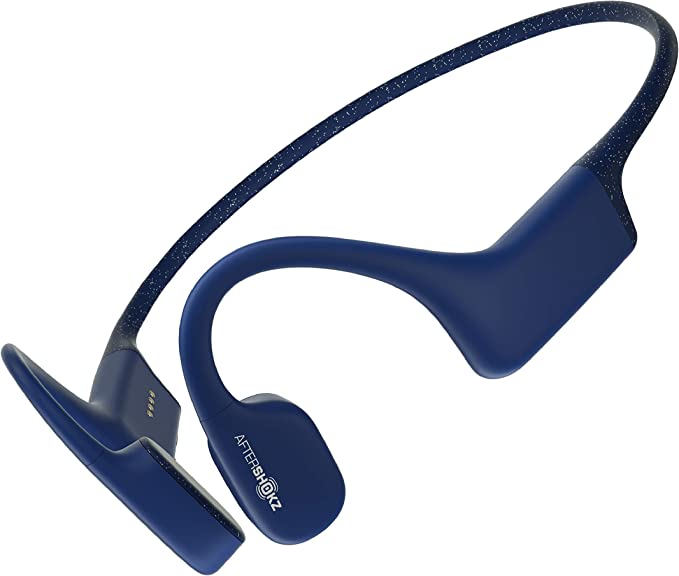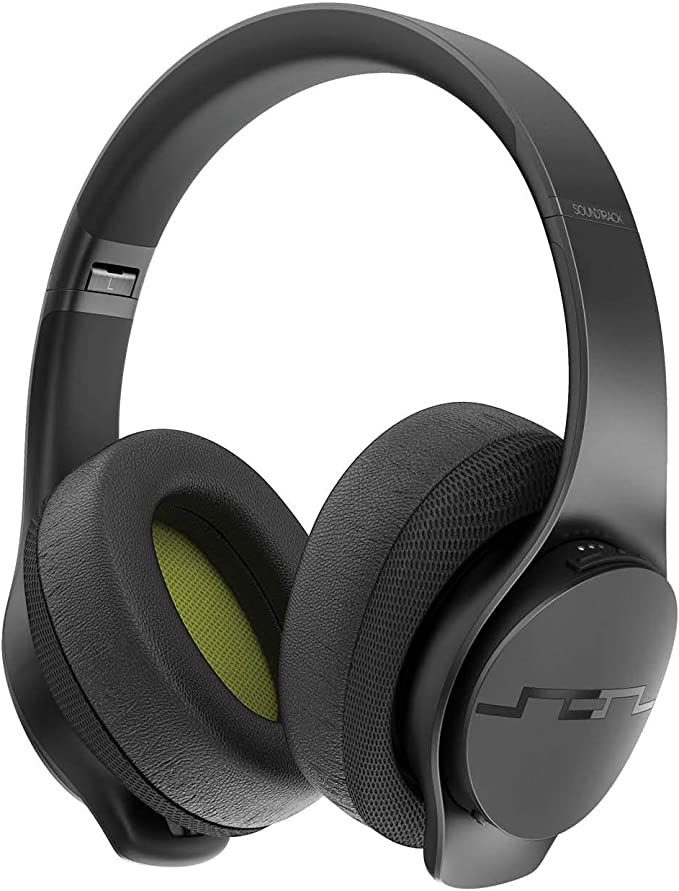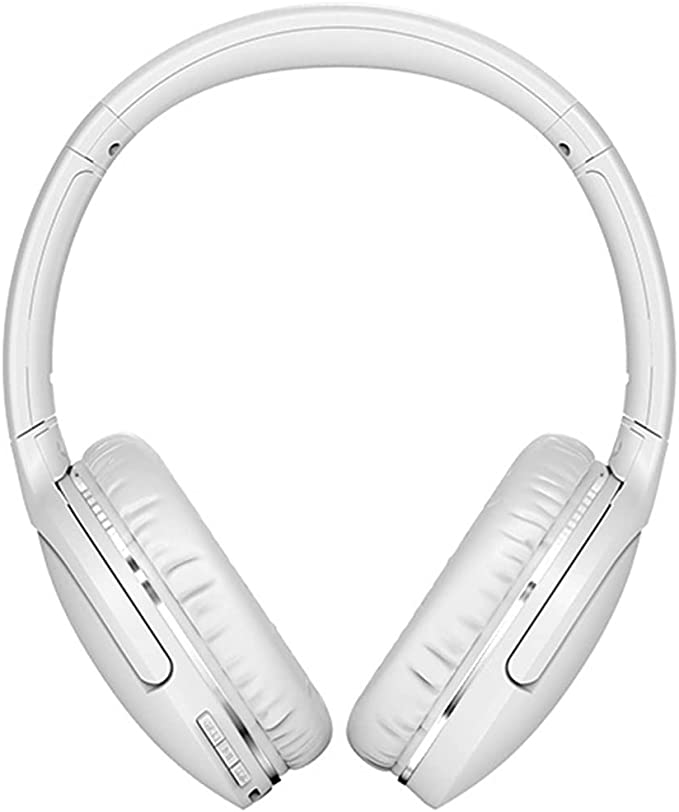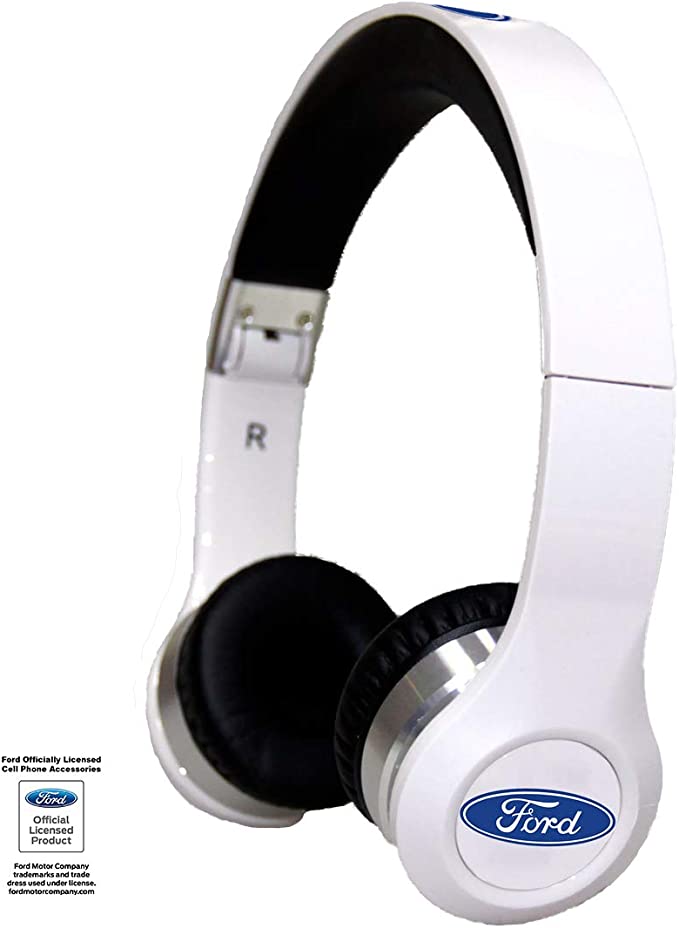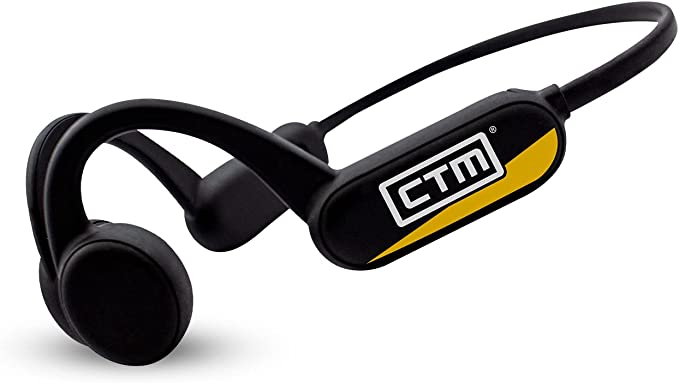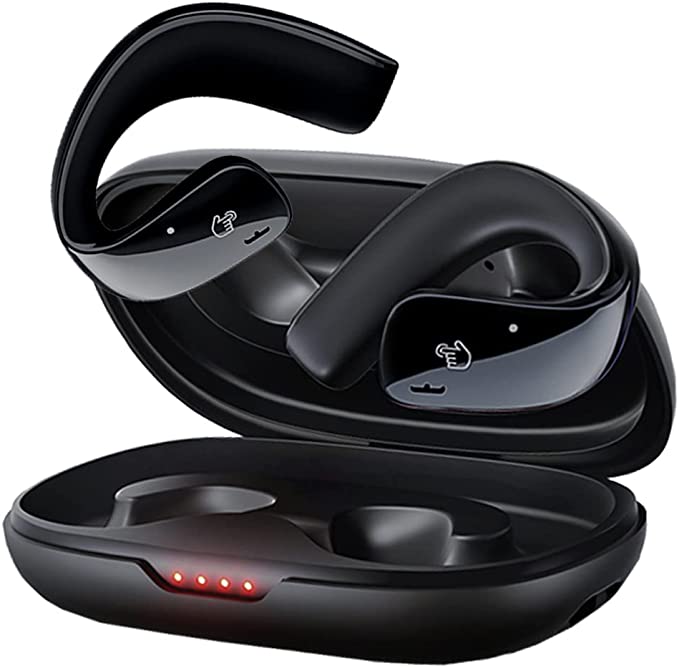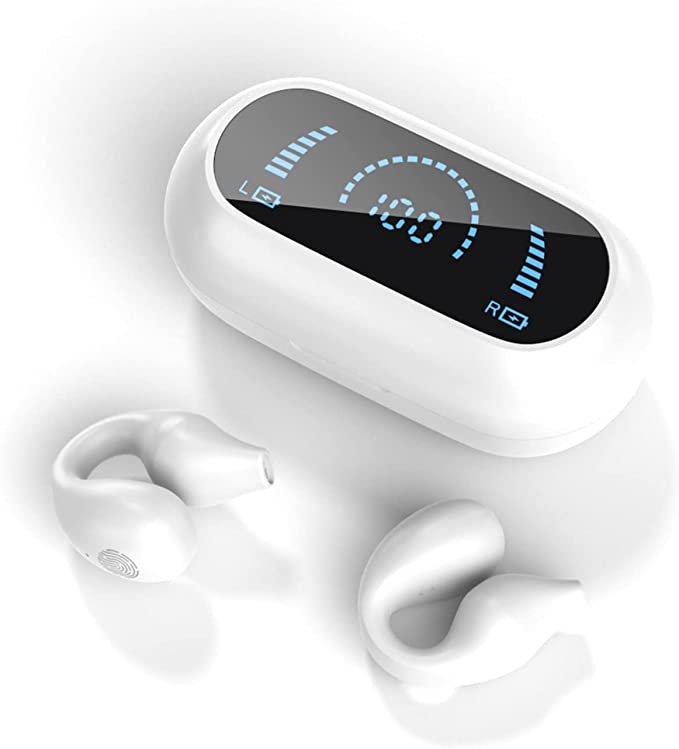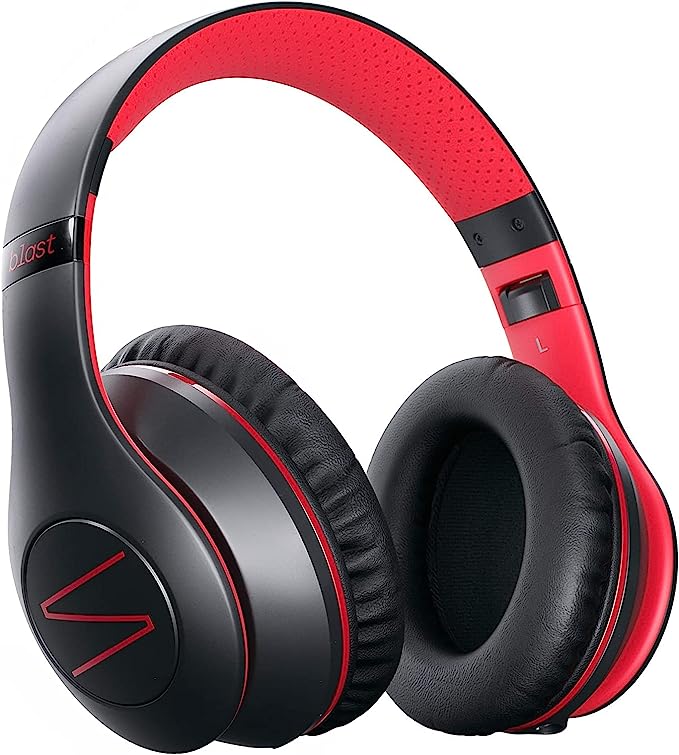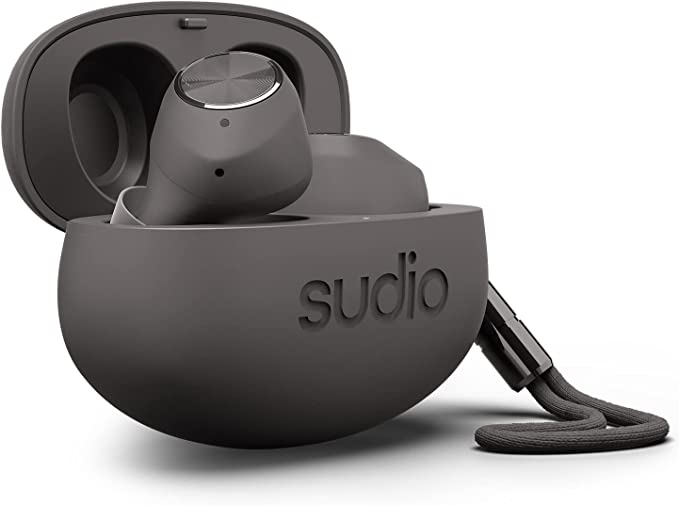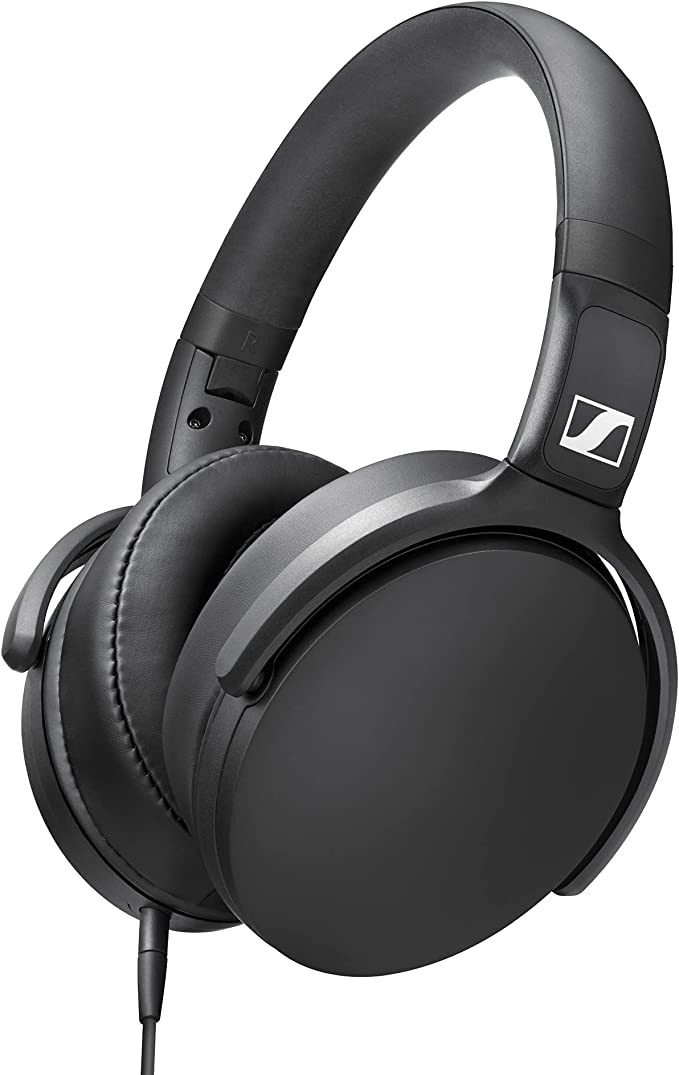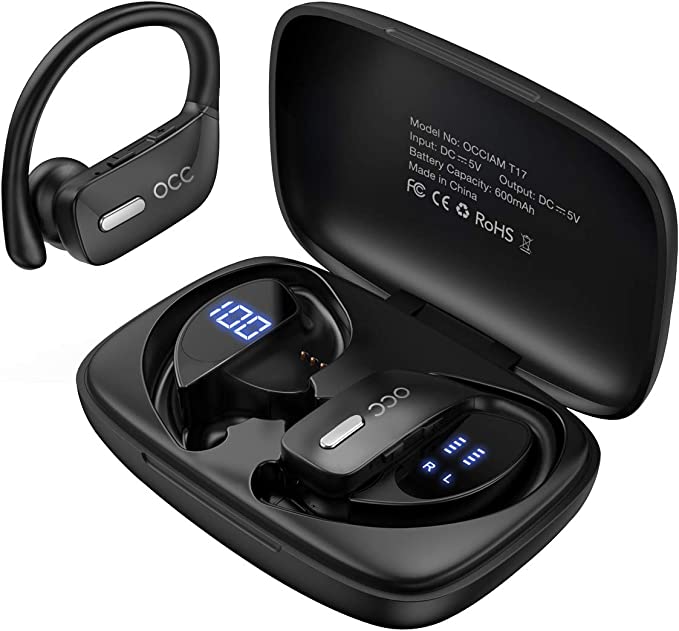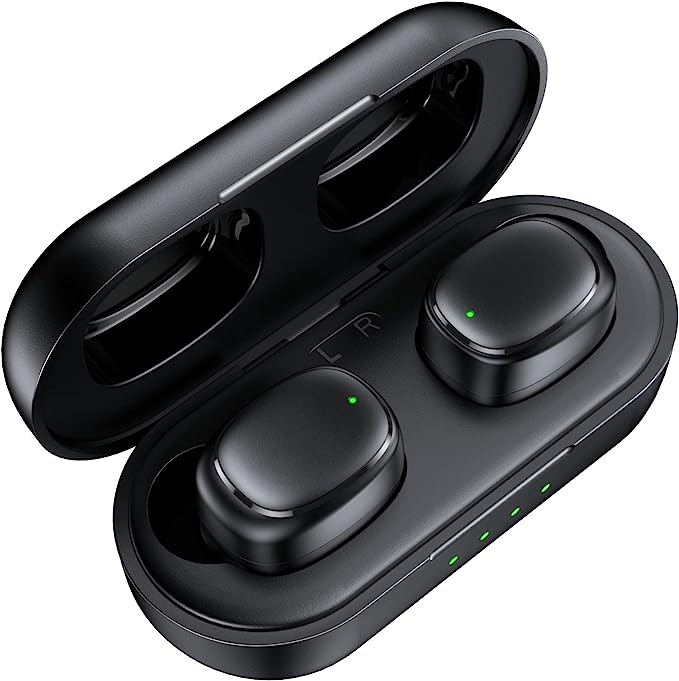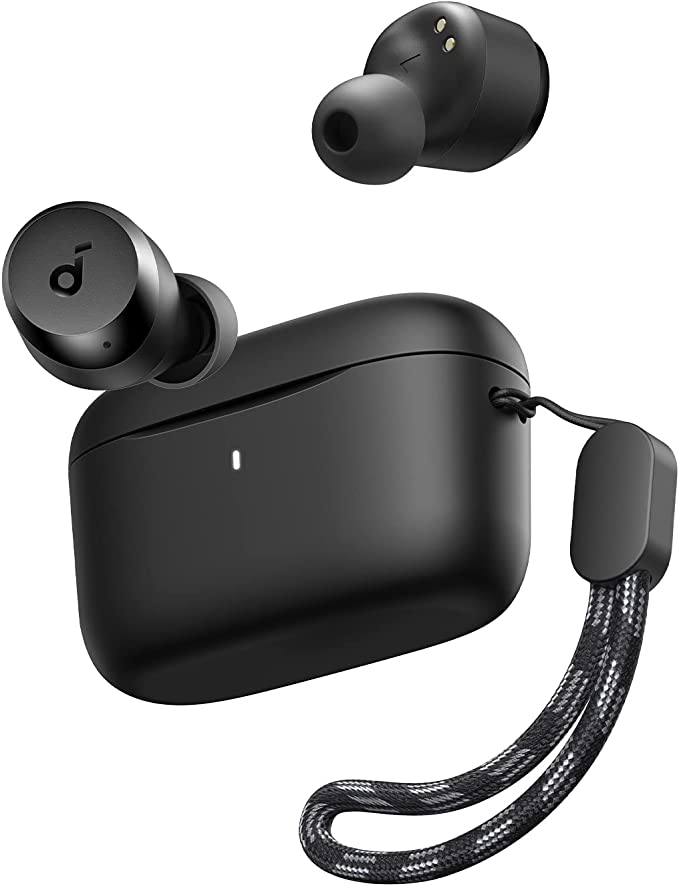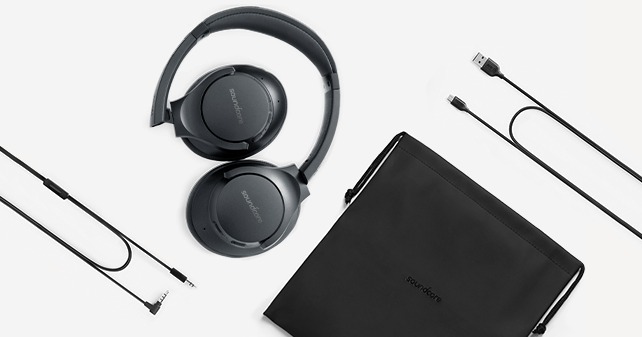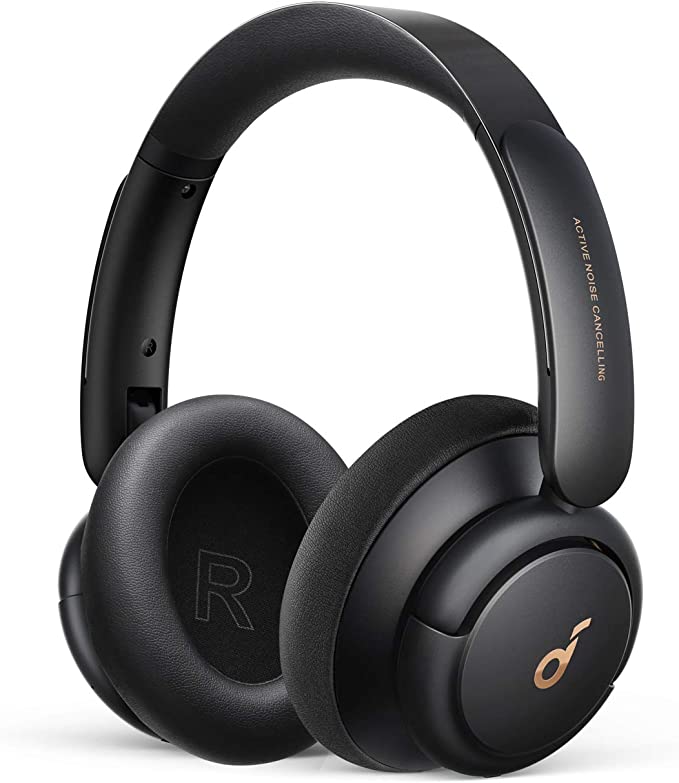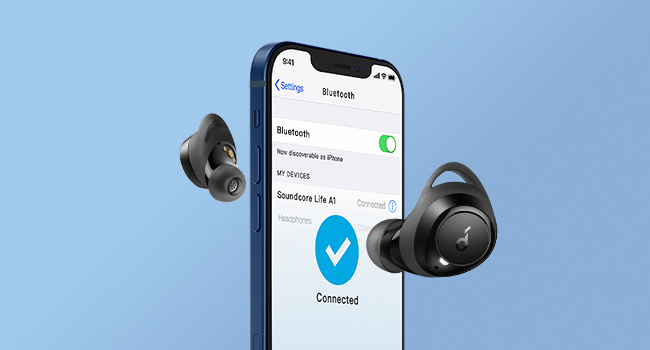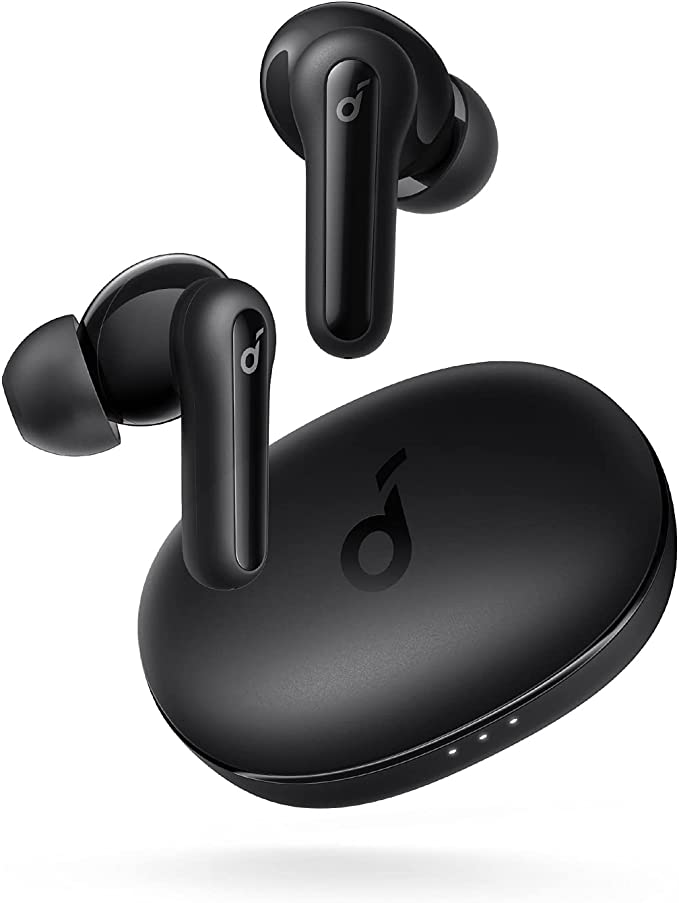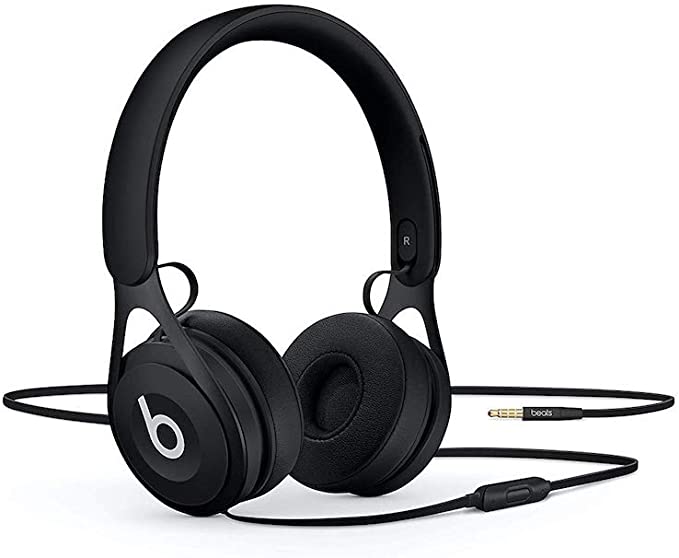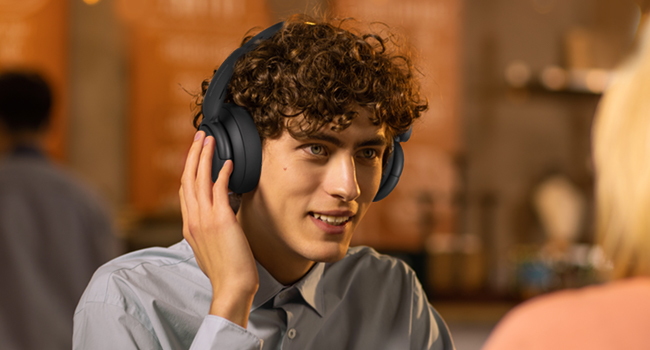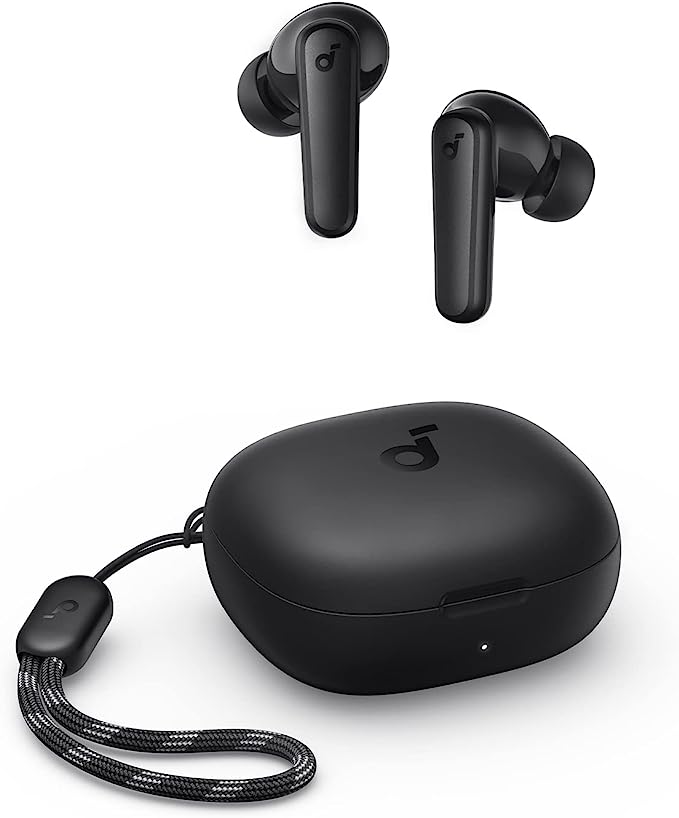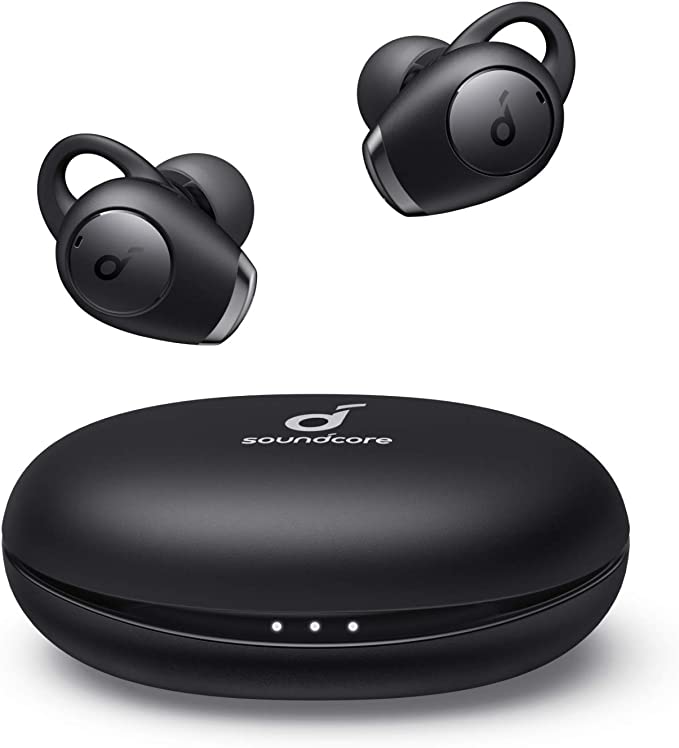Bang & Olufsen Beoplay HX: The Science of Luxurious Sound, Comfort & Silence
Update on April 4, 2025, 7:47 a.m.
In the cacophony of contemporary life, finding moments of undisturbed focus or deep auditory immersion has become a quiet luxury. Our homes, workplaces, and commutes are often saturated with sound, a constant hum that can fragment attention and dilute sensory experiences. This persistent soundscape fuels a fundamental human desire: the need to curate our own sonic environment, to carve out spaces of clarity for concentration, relaxation, or the pure enjoyment of music and sound. It is within this context that we explore the Bang & Olufsen Beoplay HX – not merely as a pair of headphones, but as a fascinating intersection of acoustic engineering, material science, wireless technology, and a distinct design philosophy, all aimed at addressing this very modern quest for auditory control and quality. This exploration seeks to understand the choices made, the technologies employed, and the principles applied in its creation.

The Pursuit of Silence: Deconstructing Hybrid Active Noise Cancellation
The first barrier to immersive listening is often the intrusion of the outside world. While the physical design of over-ear headphones provides a degree of passive isolation – simply blocking sound through materials and seal – tackling pervasive ambient noise, especially low-frequency sounds like engine rumble or air conditioning hum, requires a more active approach. This is the domain of Active Noise Cancellation (ANC).
At its core, ANC operates on a fascinating principle of physics: destructive interference. Imagine dropping two pebbles into a still pond; where the crest of a wave from one pebble meets the trough of a wave from the other, the water flattens. ANC attempts something similar with sound waves. Microphones capture the pattern of incoming ambient noise, and sophisticated digital signal processing (DSP) circuitry instantly generates an opposing sound wave – an “anti-sound” – precisely out of phase with the original noise. When these two waves meet at the listener’s ear, they ideally cancel each other out, creating a perception of silence.
The Beoplay HX employs a particularly advanced iteration known as Hybrid Active Noise Cancellation. This approach uses two sets of microphones for a more comprehensive strategy. Feedforward microphones, located on the outside of the earcups, act as early warning systems, detecting noise before it reaches the ear. This allows the system to anticipate and begin generating the anti-sound preemptively. However, external factors like wind or head movement can affect feedforward accuracy.
This is complemented by Feedback microphones, positioned inside the earcup, near the ear canal. These microphones listen to the sound that actually reaches the ear – the combination of the desired audio, the residual ambient noise, and the initial anti-sound. This internal ‘listening’ allows the system to fine-tune the cancellation signal, correcting for imperfections and adapting to variations in how the headphones fit on the individual’s head. The Beoplay HX utilizes four dedicated MEMS (Micro-Electro-Mechanical System) microphones specifically for this ANC function (distinct from the voice pickup mics), enabling this constant monitoring and adjustment.
Furthermore, the system is described as Adaptive. While the precise algorithms are proprietary, this generally implies that the DSP analyzes the characteristics of the ambient noise (its level, frequency profile) and adjusts the intensity and filtering of the noise cancellation accordingly. The goal is to provide optimal noise reduction across various environments without introducing unwanted artefacts or an excessive feeling of pressure sometimes associated with strong ANC.
Of course, complete isolation isn’t always desirable. For moments requiring situational awareness – crossing a street, hearing an announcement, engaging in a brief conversation – the Beoplay HX incorporates a Transparency Mode. This mode effectively reverses the ANC process for specific sounds; it uses the external microphones to capture important ambient sounds and then relays them naturally into the headphones, allowing the listener to reconnect with their surroundings without needing to remove the device.

Crafting the Aural Canvas: Audio Reproduction and Tuning Philosophy
Creating silence is only meaningful if the sound intended for the listener is reproduced with clarity and fidelity. The acoustic heart of the Beoplay HX lies in its custom-designed 40mm electro-dynamic drivers. This type of driver is common in headphones and operates on fundamental electromagnetic principles: an electrical audio signal flows through a voice coil attached to a diaphragm (a thin membrane), all within a magnetic field generated by a permanent magnet. The fluctuating current causes the coil and diaphragm to vibrate, moving air and creating the sound waves we perceive.
The 40mm diameter represents a significant surface area, generally allowing for good air displacement, which is beneficial for reproducing lower frequencies (bass). However, larger diaphragms also require careful engineering to control their movement accurately across the entire frequency spectrum, preventing distortion or sluggishness. The use of powerful Neodymium magnets is key here. Neodymium provides a strong magnetic field relative to its size and weight, enabling efficient driver operation and better control over the diaphragm’s movement, contributing to faster transient response and potentially lower distortion.
Beyond the physical driver components, the resulting sound is heavily influenced by acoustic tuning and the brand’s sonic philosophy. Bang & Olufsen typically pursues a balanced and authentic sound signature. This contrasts with approaches that might heavily emphasize bass frequencies for impact or boost treble for perceived detail. The stated goal is fidelity to the original recording, presenting music “the way the artist intended.” This generally translates to a clear and present midrange, where vocals and core instrumental textures reside, supported by bass that is well-defined and controlled rather than overpowering, and treble that is clear and extended without becoming harsh or sibilant. The impedance of 24 Ohms and sensitivity of 95 dB suggest these headphones are relatively easy to drive for portable devices.
Recognizing that audio perception is subjective, the Beoplay HX integrates with the Bang & Olufsen App featuring Beosonic Tuning. This interface moves away from traditional multi-band graphic equalizers, often offering a more intuitive way for users to adjust the sound profile – perhaps by moving a point within a sonic space defined by characteristics like “Bright,” “Warm,” “Relaxed,” or “Energetic.”
The quality of the wireless audio transmission is also critical. The HX supports several Bluetooth audio codecs: * SBC (Subband Codec): The mandatory, universally compatible codec. It provides basic audio quality sufficient for casual listening but is often criticized for its relatively high compression and potential for audible artefacts. * AAC (Advanced Audio Coding): Favored by Apple devices, AAC generally offers better sound quality than SBC at similar bitrates, making it a good choice for iPhone and iPad users. * aptX™ Adaptive: This is a more advanced codec from Qualcomm. Its key feature is its ability to dynamically adjust the bitrate (the amount of data used per second) based on the radio frequency environment and the content being played. In ideal conditions, it can deliver near-CD quality audio. Crucially, it also aims for low latency (delay), which is important for keeping audio and video synchronized during streaming or gaming. The effectiveness of aptX Adaptive depends on both the headphones and the source device (smartphone, laptop) supporting it.
The Ergonomics of Endurance: Material Science and Comfort Engineering
Technical prowess in sound and silence is diminished if the headphones are uncomfortable to wear, especially for extended periods. The Beoplay HX places significant emphasis on ergonomics and material selection, aiming for long-term wearability.
A key element is the use of soft Lambskin leather on the earcups. Compared to common synthetic materials like protein leather (PU leather), genuine lambskin is often prized for its natural softness, pliability, and breathability. This breathability can help dissipate heat and moisture more effectively, potentially reducing the “sweaty ear” phenomenon reported by some users with synthetic materials during long listening sessions. However, genuine leather also typically requires more care and may be less resistant to wear and tear than some high-quality synthetics.
Beneath the leather, mouldable memory foam cushions adapt to the unique contours of the listener’s ears and the area around them. This serves multiple purposes: it distributes the clamping force more evenly, reducing pressure points; it enhances the passive noise isolation by creating a better seal against external sound; and it contributes to overall comfort.
The structural integrity and weight are managed through an Aluminum frame. Aluminum offers an excellent strength-to-weight ratio, providing durability without excessive bulk. The use of anodized, sun-blasted recycled aluminum also introduces an element of sustainability into the material narrative. The overall weight of 285 grams places the Beoplay HX in a relatively lightweight category for premium over-ear ANC headphones, further contributing to reduced fatigue during prolonged use.
The headband design incorporates a center-relief comfort zone. This ergonomic feature aims to alleviate the pressure often concentrated at the apex of the head, distributing the weight more broadly across the scalp. This, combined with the lightweight construction and soft materials, reflects a conscious engineering effort to maximize comfort for diverse head shapes and sizes over many hours.
One design aspect to note is the round shape of the earcups. While aesthetically aligned with B&O’s design language, some users, particularly those with larger ears, might find that round earcups offer less space or a different fit profile compared to more common oval-shaped designs. Fit is highly individual, and this shape is a factor to consider.
Uninterrupted Immersion: Power Management and Wireless Connectivity
The convenience of wireless headphones is directly tied to their battery life and connection reliability. The Beoplay HX incorporates a Lithium-ion battery with a typical capacity of 1200 mAh, which is a respectable size for this category. The efficient power management, likely aided by the Bluetooth 5.1 chipset, translates into substantial playtime figures stated in the specifications: up to 35 hours with both Bluetooth and Adaptive ANC active, and up to 40 hours using only Bluetooth. (It’s worth noting that some parts of the original product description mentioned up to 30 hours with ANC, suggesting either a variation in testing methodology or an update reflected in the specs). These figures are impressive, allowing for multiple days of typical use or covering long-haul flights without charging anxiety. Factors like listening volume, codec used, and ambient temperature can influence actual real-world battery performance. Charging is handled via a standard USB-C port, taking approximately 3 hours for a full charge.
Connectivity is managed by Bluetooth 5.1. While not a revolutionary leap from Bluetooth 5.0, version 5.1 introduced features primarily focused on improving location services (direction finding), which may not be directly relevant to audio streaming, but it generally builds upon the stability, range, and power efficiency improvements of the 5.x generation. The inclusion of certifications like Google Fast Pair, Made for iPhone (MFi), and Microsoft Swift Pair streamlines the initial pairing process on compatible Android, Apple, and Windows devices, respectively.
A significant connectivity feature for productivity is Multipoint support. This allows the Beoplay HX to maintain an active connection to two source devices simultaneously. For example, a user could be connected to their laptop for a video conference and their smartphone for incoming calls or music playback. When a call comes in on the phone, the headphones can automatically switch audio focus. While incredibly convenient, the implementation and seamlessness of multipoint switching can sometimes depend on the specific devices and operating systems involved, and as suggested by general user feedback themes across various multipoint devices, may occasionally require manual intervention or familiarization.
For situations demanding zero latency (e.g., professional audio work, certain types of gaming) or when the battery is depleted, or simply for connecting to devices without Bluetooth (like older audio equipment or in-flight entertainment systems), the inclusion of a standard 3.5mm mini-jack provides essential wired versatility.
Unified Design: Where Scandinavian Aesthetics Meet Function
Beyond the internal technology, the Beoplay HX is unmistakably a Bang & Olufsen product, embodying the principles of Scandinavian design. This philosophy typically emphasizes minimalism, clean lines, functionality, and an honest expression of high-quality materials. The design avoids superfluous ornamentation, focusing instead on elegant forms and intuitive interaction (though the touch controls on the right earcup, while contributing to the clean look, are noted by some users as requiring an adaptation period to master).
The choice of materials – the tactile warmth of lambskin, the cool precision of aluminum, the texture of the fabric carrying case – is integral to the overall aesthetic and user experience. It reflects a holistic approach where technology is not just housed within a shell but integrated thoughtfully into a desirable object. The mention of recycled aluminum and polymer-painted recycled plastic also points towards an increasing consideration for sustainability within the design process.

Conclusion: Synthesizing Technology, Comfort, and Design
The Bang & Olufsen Beoplay HX emerges from this exploration as a complex tapestry woven from threads of advanced acoustic engineering, deliberate material science, modern wireless capabilities, and a deeply ingrained design ethos. Understanding it requires looking beyond simple feature lists. The implementation of Hybrid Adaptive ANC represents a sophisticated attempt to control the listener’s sonic environment. The choice of 40mm drivers tuned for balance reflects a specific philosophy about faithful audio reproduction. The use of lambskin, memory foam, and aluminum speaks to a commitment to long-term comfort and premium tactility. The integration of Bluetooth 5.1, aptX Adaptive, and Multipoint addresses the demands of seamless wireless connectivity.
Each technological choice and material selection carries implications and potential trade-offs. The pursuit of silence through ANC involves intricate signal processing. The quest for authentic sound requires careful driver design and tuning. The achievement of comfort relies on ergonomic principles and material properties. The Beoplay HX, therefore, stands as a testament to the multifaceted challenge of creating a high-end personal audio device – a balancing act between cutting-edge technology, user-centric comfort, and enduring aesthetic appeal, understood best not through superlatives, but through an appreciation of the intricate engineering and design decisions that brought it into being.
